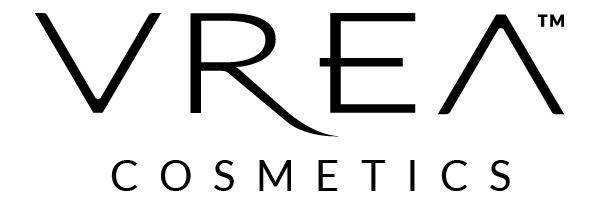"Acne is estimated to affect 9.4% of the global population, making it the eighth most prevalent disease worldwide." - NIH.gov
Acne happens when the openings of the hair follicles become clogged with sebum (oil) & dead skin cells. Acne bacteria struggles to live in the presence of oxygen, and when follicles are blocked, oxygen cannot properly reach. From that point, the acne can develop in various different ways, and we’re here to cover the main types.
WHAT CAUSES ACNE?
The common misconception is that poor hygiene can cause acne, but acne is a skin disorder and its triggers can be genetic, hormonal, environmental, lifestyle-related, product-driven, and dietary influenced. A comedo (plural: comedones) is a buildup of cells, sebum and other debris inside follicles.
BLACKHEADS

They are small elevations on the skin that form when the surrounding tissue becomes inflamed (often from a ruptured comedone).
WHITEHEADS

Whiteheads are closed comedones. They form when the openings of the follicles are blocked with debris & white cells. They're called whiteheads, but should not be confused with the more hardened white type of papules called milia.
PAPULES

They are small elevations on the skin that form when the surrounding tissue becomes inflamed (often from a ruptured comedone).
PUSTULES

Pustules re raised, inflamed papules, usually larger in size with a white or yellow center containing pus at the top of the lesion.
ACNE CARE TIPS:
• Do not pick. Self-extractions will cause the infection to go deeper & potentially spread more.
• Avoid touching the face & be mindful of glasses, phones, hats, scarves, etc. You wipe them clean every night.
• Avoid comedogenic (pore-clogging) products & keep skin hydrated (think Hyaluronic Acid, Glycerin, Squalane, Urea, etc.).
• Control oil through the use of proper products.
• Do not use overly harsh & abrasive products (I.e. almond or apricot-type scrubs), as they could irritate the skin.
• Properly (& gently) exfoliate. Enzymes & Beta or Alpha Hydroxy acids are wonderful, but avoid overly-exfoliating. Follow product directions for proper use.
• Avoid products with fragrance (synthetic and/or natural), and protect against environmental aggressors (i.e. pollution).
• Wear sunscreen on the daily basis, indoor and outside, to protect skin from dangerous UV rays.
• Practice stress reduction & good nutrition.
• While the relationship between food & acne is not in fact fully understood, it's recommended to avoid foods with a higher glucose index, processed foods, and dairy.
• Have regular facials, ideally once every 4-6 weeks or as needed.
HELPFUL INGREDIENTS:
• Over-the-counter salicylic acid is a beta hydroxy acid that unclogs blocked pores, breaks down the bods between dead skin cells so they can more easily release, and breaks down sebum.
• Niacinamide helps with redness and excess oil.
• Over-the-counter benzoyl peroxide is an effective antibacterial agent targeting & preventing acne-causing bacteria (P. acnes) from overgrowing.
• Prescription tretinoin products which increase cell turnover & unblock the clogged follicles that cause cystic acne.
• Clay masks (kaolin, bentonite, etc.) draw out excess oil and impurities from the skin.
WHEN IT'S TIME TO SEE A DOCTOR
Ideally from the very beginning. Trying different products is fun, but that could irritate or trigger the skin. A licensed dermatologist can assess your skin and recommend what would be most suitable to YOU. Including potential prescription oral and topical antibiotics.

